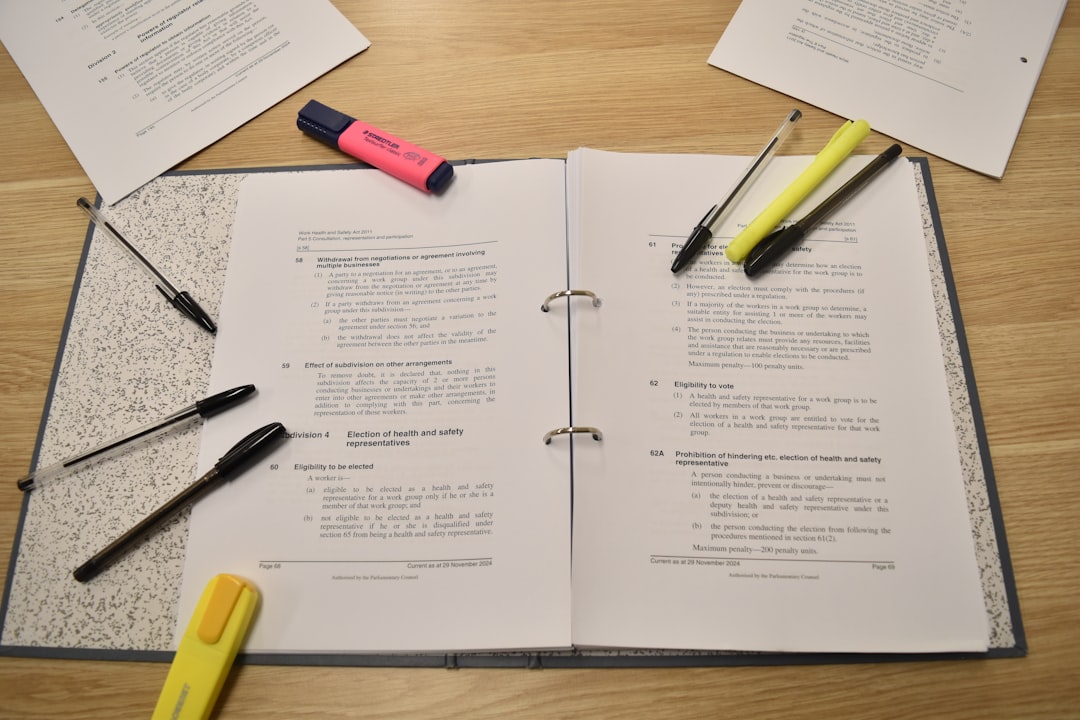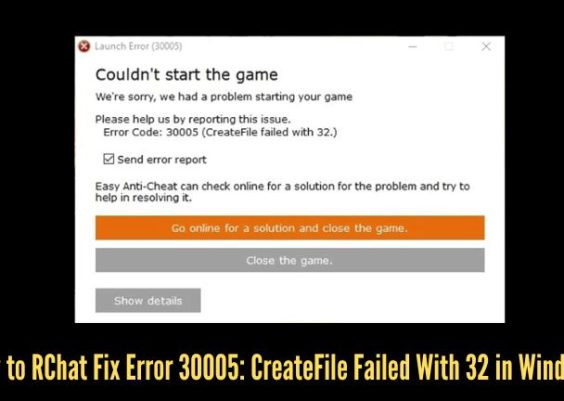Let’s face it — writing in APA style isn’t exactly the most thrilling thing in the world. That’s especially true when it comes to subtitles, which can come off as pretty dry. But what if they didn’t have to be? What if your APA subtitles could be clear, concise, and dare we say… a little bit fun?
TLDR: APA-style subtitles don’t have to be boring. By following a few basic rules, you can make them easy to read, to the point, and even add a sprinkle of personality. Think short, punchy, and purposeful. Your readers (and professors) will thank you.
Contents
What Are APA-Style Subtitles, Anyway?
In APA formatting, subtitles help organize content. They make things easier to read and scan. When done right, they give your paper a solid structure and keep your ideas from getting muddled.
But just because APA is a formal style doesn’t mean your subtitles have to be robotic. You can follow the rules and still bring a little humanity to them.
Why Subtitles Matter More Than You Think
Think of subtitles as the signposts on a road trip. Without them, your readers would get lost in your ideas. They:
- Help guide the reader’s eyes
- Break up long blocks of information
- Highlight key ideas
- Make your paper easier to navigate
Basically, good subtitles make your paper digestible — and even enjoyable!
APA Subtitle Levels (Don’t Panic)
APA has five levels of headings. But most of the time, you’ll only use the first three.
- Level 1: Centered, Bold, Title Case
- Level 2: Flush Left, Bold, Title Case
- Level 3: Flush Left, Bold Italic, Title Case
- Level 4: Indented, Bold, Title Case, Period at end. Text begins after period.
- Level 5: Indented, Bold Italic, Title Case, Period at end. Text begins after period.
Levels depend on how deep you go into subtopics. Don’t worry if you don’t use all five levels — you probably won’t need them!

Rule #1: Be Clear
This one’s simple: make sure your subtitle actually tells us what the section is about. Avoid vague headers like “More Info” or “Details.” Try ones like:
- Challenges in Remote Learning
- Limitations of the Survey Method
- Effects of Social Media on Sleep
See? Each of those tells you exactly what you’re in for. That’s the goal.
Rule #2: Keep It Short
Your subtitle isn’t a paragraph. It’s a sign. Ideally, keep it under 10 words. Even better if you can shrink it to five or six. Like:
- Methodology Overview
- Key Findings
- Analyzing the Data
Resist the urge to over-explain. You’ll have the whole section for that.
Rule #3: Use Title Case (Yes, It’s a Rule Too)
APA subtitles use title case. That means:
- You capitalize major words
- Don’t capitalize articles (like the), conjunctions (and, but), or prepositions (in, on) unless they’re the first word
So it’s:
Bad: effects of stress on college students
Good: Effects of Stress on College Students
Rule #4: Don’t Be Afraid to Use Personality (A Little)
You might not be writing a comedy script, but that doesn’t mean your subtitles have to bore your reader. Give them a hint of fun when it makes sense.
Here are some jazzed-up (but APA-friendly) subtitle examples:
- Study Design: How We Got Nerdy With It
- Sleep Deprivation: The Real Final Boss of College
- Lessons Learned: What We’d Tell Our Past Selves
Just be sure your tone matches your paper. A little sprinkle of humor is fine, but don’t go full stand-up routine.
Rule #5: Use Parallels (Your Brain Loves Them)
Keep subtitle wording consistent. For example, if one section is called:
Improving Team Communication
…then don’t make the next subheading:
How to Lead a Group Effectively
Instead, make them both action-oriented:
- Improving Team Communication
- Leading Groups Effectively
Your reader’s brain (and your professor) will appreciate the rhythm.
Rule #6: Space Subtitles Correctly
Each subtitle level has specific spacing and formatting. Here’s a super-quick cheat sheet:
- Level 1: Put a new line before and after. Centered. Bold.
- Level 2: Left-aligned. Bold. New line before and after.
- Level 3: Left-aligned. Bold italic. New lines too.
APA spacing is like chorus choreography — it all has to line up just right.
Rule #7: Skip Numbers and Cute Icons (Sorry!)
Remember, this is APA. So even if your inner graphic designer is dying to add emojis or icons into your subtitles — resist! APA is clean, minimal, and no-frills.
Numbers are also a no-go *unless* they are part of your section titles for a reason (like Chapter 1, Chapter 2). But avoid numbers like “3 Reasons Dogs are Better Than Cats.” Save that for your blog.

Quick-Start Example: From Blah to Bam!
Let’s take a boring subtitle and give it a makeover:
Boring: Some Things About the Survey
Improved: Survey Design and Distribution
Playful But Professional: Survey Setup: Clicks, Glitches, and Surprises
Better, right?
Bonus Tips for Subtitle Greatness
- Draft your subtitles last — once your content is solid, it’s easier to summarize it well.
- Ask someone to skim your subtitles — can they tell what your paper is about just from those?
- Read them out loud — do they sound smooth and confident?
Final Thoughts (The End is Nigh!)
APA subtitles don’t have to be your enemy. Think of them as friendly helpers showing your reader the way. By making them clear, concise, and a little bit fun, you can turn bland titles into bold guides.
Stick to the rules, but don’t forget your voice. Just a twist of creativity can take your subtitles from “meh” to memorable.
Go forth and subtitle like a pro!




